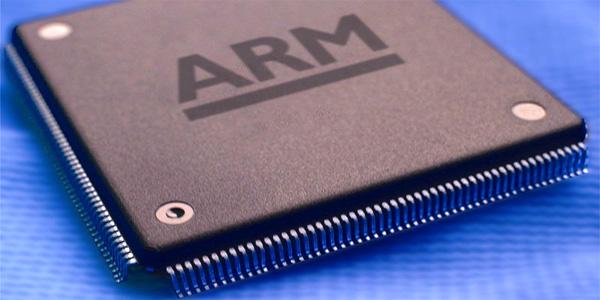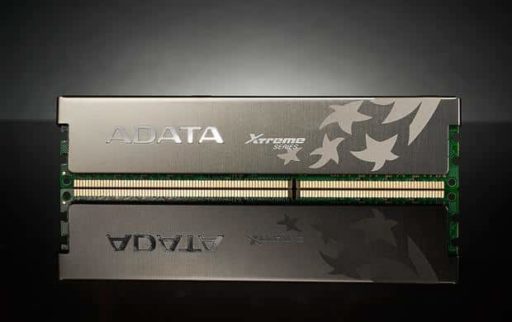ARM this week disclosed technical details of its new ARMv8 architecture, the first ARM architecture to include a 64-bit instruction set and ARMv8 broadens the ARM architecture to embrace 64-bit processing and extends virtual addressing, building on the rich heritage of the 32-bit ARMv7 architecture upon, which market leading cores such as the Cortex-A9 and Cortex-A15 processors are built. The ARMv8 architecture specifications are available now to partners under license with the company planning to disclose processors based on ARMv8 during 2012 with consumer and enterprise prototype systems expected in 2014……………
ARM disclosed technical details of its new ARMv8 architecture, the first ARM architecture to include a 64-bit instruction set. ARMv8 broadens the ARM architecture to embrace 64-bit processing and extends virtual addressing, building on the rich heritage of the 32-bit ARMv7 architecture upon which market leading cores such as the Cortex-A9 and Cortex-A15 processors are built. “The current growth trajectory of data centers, driven by the viral explosion of social media and cloud computing, will continue to accelerate. The ability to handle this data increase with energy-efficient solutions is vital” The ARM architecture is unique in its ability to span the full range of electronic devices and equipment, from tiny sensors through to large scale infrastructure equipment. Building on the industry standard 32-bit ARM architecture, the new ARMv8 architecture will expand the reach of ARM processor-based solutions into consumer and enterprise applications where extended virtual addressing and 64-bit data processing are required. The ARMv8 architecture consists of two main execution states, AArch64 and AArch32. The AArch64 execution state introduces a new instruction set, A64 for 64-bit processing. The AArch32 state supports the existing ARM instruction set. The key features of the current ARMv7 architecture, including TrustZone, virtualization and NEON advanced SIMD, are maintained or extended in the ARMv8 architecture. “With our increasingly connected world, the market for 32-bit processing continues to expand and evolve creating new opportunities for 32-bit ARMv7 based processors in embedded, real-time and open application platforms,” said Mike Muller, CTO, ARM. “We believe the ARMv8 architecture is ideally suited to enable the ARM partnership to continue to grow in 32-bit application spaces and bring diverse, innovative and energy-efficient solutions to 64-bit processing markets.”
In support of the introduction of the ARMv8 architecture, ARM is working to ensure a robust design ecosystem to support the 64-bit instruction set. The ARM compiler and Fast Models with ARMv8 support have already been made available to key ecosystem partners. Initial support for a range of open source operating systems, applications and third-party tools is already in development. Working together the ARM partnership is collaborating to accelerate development of a 64-bit ecosystem, in many cases as a natural extension to the broad ecosystem in place to support ARMv7 based devices in the market today. “ARM is an important partner for Microsoft,” said KD Hallman, general manager, Microsoft Corp. “The evolution of ARM to support a 64-bit architecture is a significant development for ARM and for the ARM ecosystem. We look forward to witnessing this technology’s potential to enhance future ARM-based solutions.” “The combination of NVIDIA’s leadership in energy-efficient, high-performance processing and the new ARMv8 architecture will enable game-shifting breakthroughs in devices across the full range of computing – from smartphones through to supercomputers,” said Dan Vivoli, senior vice president, NVIDIA. The ARMv8 architecture will enable the development of ARM architecture compatible devices that can be designed to maximize the benefits across both 32-bit and 64-bit application areas. This will bring the advantages of energy-efficient 64-bit computing to new applications such as high-end servers and computing, as well as offering backwards compatibility and migration for existing software through a consistent architecture. The ARMv8 architecture specifications describing all aspects of the ARMv8 architecture are available now to partners under license. ARM will disclose processors based on ARMv8 during 2012, with consumer and enterprise prototype systems expected in 2014.
[ttjad keyword=”processor”]


